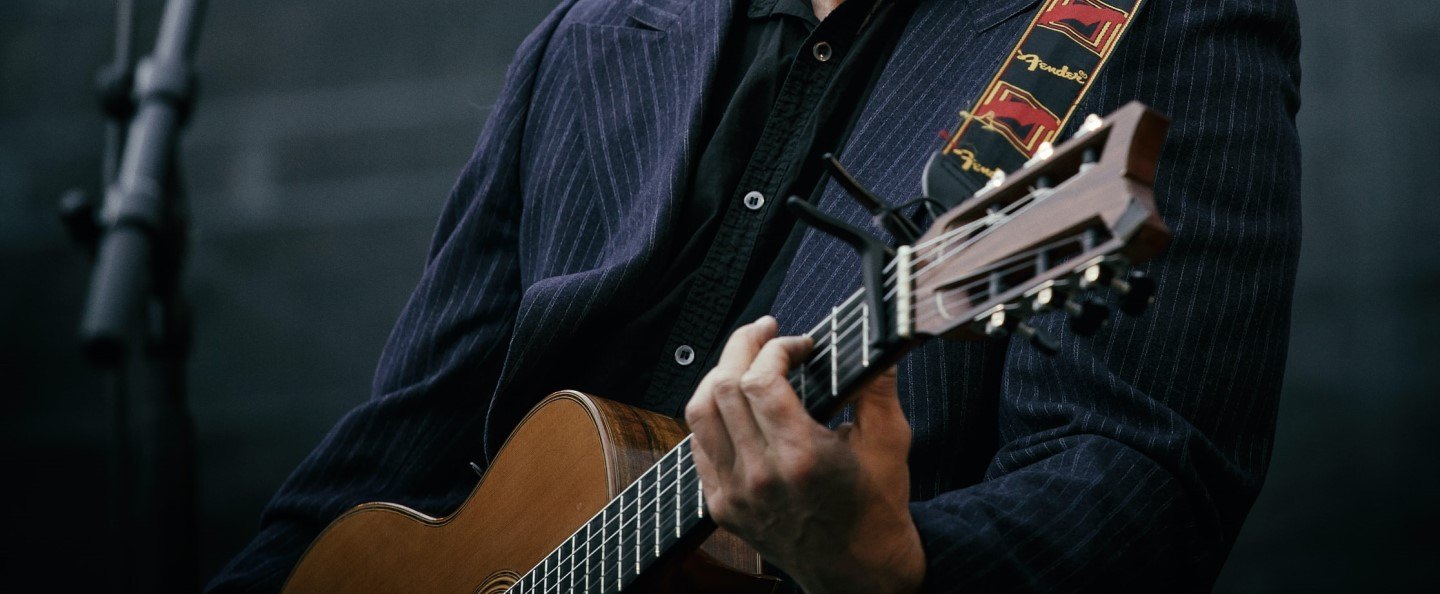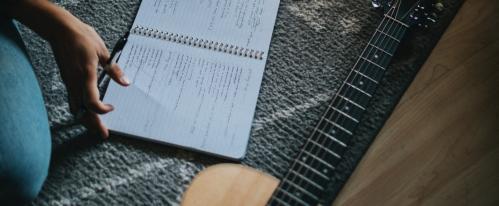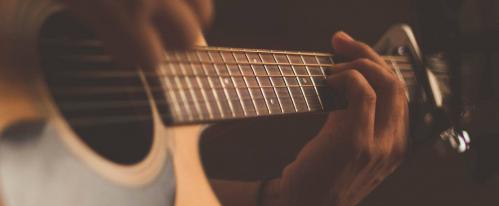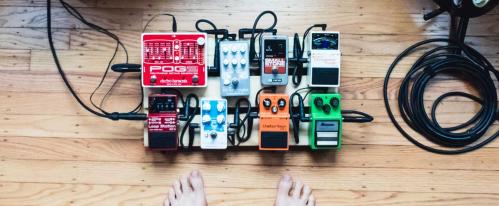Learn how to use a guitar capo and find out why they’re an invaluable tool that all guitarists should have
The humble guitar capo is one of the most simple but useful tools you could ever keep in your gig bag.
In this lesson we’re going to look at some of the main ways you can easily use a capo and integrate them into your music more effectively.
What is a Capo?
A capo is a tool used to change the pitch of the open strings by clamping down on the strings at whatever position on the neck you choose it to.
You can think of it as an extra finger that is fixed in position. Similarly to how you would barre certain chord shapes, the capo barres the fretboard in one place - thus allowing you to play around with chord voicings, timbres, and textures.

How Does a Capo Work?
The capo essentially simulates repositioning where the nut is positioned on your guitar, therefore altering the ‘open’ tuning of the guitar.
This means that placing a capo on the 3rd fret is effectively the same as tuning each string of your guitar up by 3 semitones - the benefit of using a capo is that it can be removed or placed in different positions with ease.
Using a capo therefore allows you to use the same chord shapes and theory but in different keys depending where on your fretboard it is placed.
In the video above Leigh uses a G7th capo - click below to check them out, or take a look at the full capo collection available at PMT:
How To Transpose Songs With a Capo
The simplest way to use a capo - and the way that will really save your neck on some gigs - is to use it as a tool to assist you with transposing a song.
Let’s say you have a song that follows the chord progression G, C, and then D. This is a typical progression you’ll see a lot.
You may have rehearsed this song for a gig - but on the night of the performance, the singer of the band decides to change this to a higher key. They may want to sing it in A tonight, not G. This means you have to transpose the progression up a full tone from G-C-D to A-D-E.
Playing this song in a new key means three new chord shapes which you may not know that well, especially when it comes to playing the specific parts of the song.
If you take your G chord (which is rooted on a G note) and move the chord to an A note (in this case your 5th fret), you can imagine this as your new 3rd fret. That means you can place a capo on the 2nd fret to raise the pitch of your open strings by a full tone. Now you can play your G, C and D shapes from this new higher position and technically they are now A, D and E chords.
When we use a capo we still sometimes refer to the chords as if they are in standard tuning without a capo. This is not always the case, but it can be easier to remember the names of the chord shapes for some people.

Using a Capo to Add Texture
If you have a working understanding of the CAGED system, you can also use a capo to add additional guitar parts higher up the neck to compliment your existing lower chords.
Take your G, C and D progression as your main guitar part.
If you want to add an extra line to this, you can place the capo at different points on the neck and use CAGED shapes to root new chord shapes from the G C and D notes.
To play the same chords with the capo on the 3rd fret you can use the shapes from an E chord, A chord, and B chord. If you think of the capo as an extra finger you can identify the E shape as a standard G barre chord, the A shape as a C barre chord, and the B shape as a D barre chord.
This can really help to thicken up guitar parts on recordings, or make playing live with another guitarist more interesting for people to hear due to the alternate voicings of the chords.
Check out the video at the top of the blog for more details on this concept.




